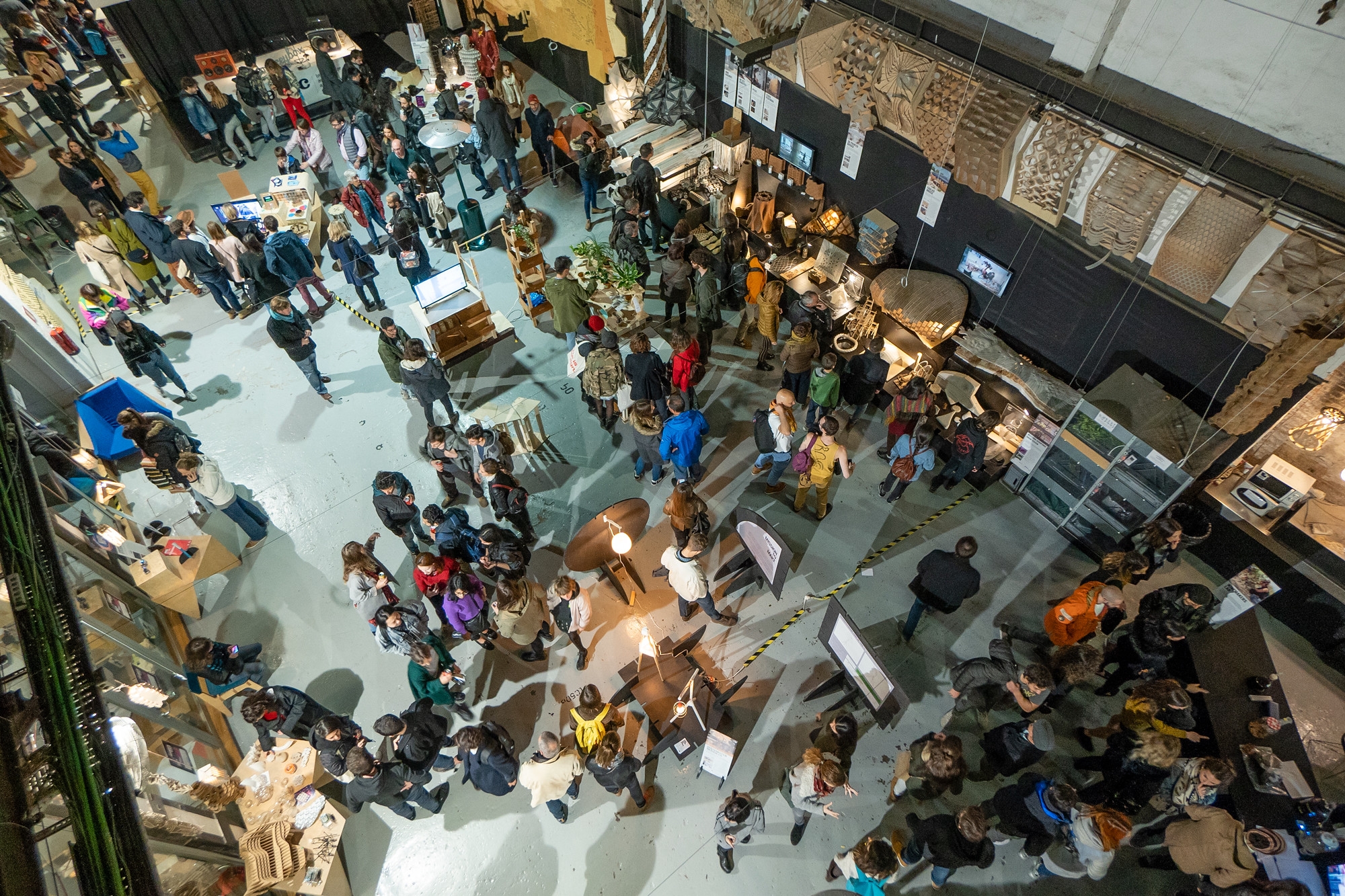🤖Ancestral and Digital Technology
Maker Spaces as Allies in Transforming the Food System
Have you ever wondered how maker spaces can be incredible allies in transforming our food system? In this e-book, we invite you to explore this potential and to be inspired by the fusion of digital technology and ancestral knowledge to create magic in the classroom and beyond!
Throughout history, ancestral cultures have taught us to live in harmony with nature, making the most of every resource and turning waste into opportunity. From creating nutrient-rich soils in the Amazon using charcoal to making dyes and cleaners from plants and food waste, they left us a legacy we can revive. These practices reflect a profound respect for and understanding of the natural cycles of life. Here’s where the magic happens: today, with digital fabrication, we can replicate these practices using tools like 3D printers, smart sensors, and laser cutters. Can you imagine the possibilities? 🌱✨
Maker Spaces and FAB LABS as Hubs of Sustainability and Experimentation
Maker spaces, also known as fabrication spaces, are collaborative environments equipped with tools, materials, and technology that enable people to design, prototype, and create innovative products. These spaces foster creativity, hands-on learning, and collaboration across diverse disciplines—engineers, designers, DIY enthusiasts, and students alike. Equipped with tools like 3D printers, laser cutters, CNC mills, carpentry and electronics tools, and CAD software, and based on open access, these spaces promote open innovation and experimentation within the community.
Last updated
